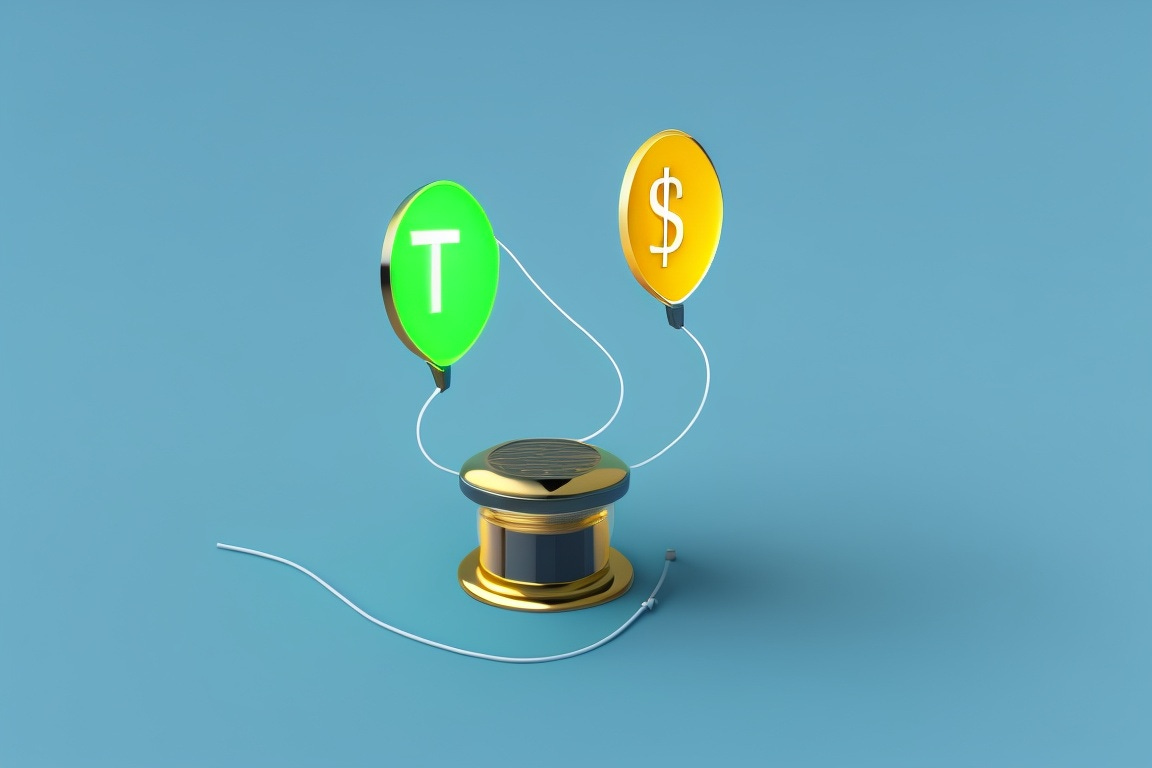
This blog post will cover:
What are stablecoins?
Why was it needed?
What types of stablecoins are there?
Fiat-backed stablecoins
Crypto-collateralized stablecoins
Non-collateralized stablecoins
What are stablecoins?
A type of cryptocurrency known as stablecoin offers price stability and is backed by some form of reserve assets, such as the U.S. dollar or gold. As a result, it is more resilient to ongoing market fluctuations. In the Mastercoin documentation, the concept of stablecoin first appeared in 2012. However, it wasn't useful until Tether Limited introduced the first stablecoin in 2015.
Why was it needed?
Cryptocurrencies are difficult (or even impossible) to use daily due to their high volatility. It is feasible for the general public to use stablecoins when the possibility of high inflation is eliminated. The stablecoin has the potential to promote global stability and serve as a reserve currency for nations with high inflation rates. The main goal of stablecoins is to combine the best elements of the banking and cryptocurrency worlds. Stablecoins are more appealing as an exchange medium and, more importantly, as a store of value because they are backed by something. These peculiarities increase the likelihood that stablecoins will take the place of fiat currency.
Unlock the power of your crypto with Bitrefill! 🚀 Sign up via my referral link & get a $5 bonus 💰. Shop, pay bills, & enjoy real-world usability for your digital assets. Don't miss out! Transform your crypto experience now! 🔗 https://bit.ly/3AT0lfP
What types of stablecoins are there?
Stablecoins can be divided into three categories:
fiat-backed stablecoins,
crypto-collateralized stablecoins,
non-collateralized stablecoins.
Fiat-backed stablecoins
The fact that these stablecoins are backed by fiat money is obvious from their name. They are more frequently linked to the US dollar. The value is typically fixed at a 1:1 ratio.
What benefits do fiat-backed stablecoins offer?
Stable. Stablecoins backed by fiat are tethered to an asset whose value does not fluctuate as quickly as notoriously volatile cryptocurrencies.
Simple to comprehend. There are numerous cryptocurrencies in extremely complex systems. At the very least, they appear to be rather complex for those outside of the Crypto World to comprehend. Stablecoins backed by fiat, however, are straightforward, and this appears appealing.
What drawbacks do fiat-backed stablecoins have?
Other people. While the entire cryptocurrency community strives to avoid the need for a middleman, fiat-backed stablecoins are strictly regulated. Safety and the connection between fiat money and stablecoins cannot be provided in any other case. Users must therefore learn to trust the third party.
Centralization. Only if it is centralized can the 1:1 ratio be offered.
Audit. A control system includes an audit, which aids in the provision of all the unique features.
Slow withdraw.
Examples of fiat-backed stablecoins: are Tether (USDT), TrueUSD (TUSD), and PetroDollar (XPD).

Crypto-collateralized stablecoins
Stablecoins of this type are backed by digital or cryptocurrency. With the aid of over-collateralization, a 1:1 ratio can be kept.
What are the benefits of crypto-collateralized stablecoins?
Decentralization. It is possible to avoid centralization thanks to the use of digital currency as a backup.
Transparency. There is no need for auditors because anyone can keep an eye on the blockchain.
increased liquidity.
more rapid regulation.
What are the disadvantages of crypto-collateralized stablecoins?
decrease in stability. The level of stability is lower here than it is with fiat-backed stablecoins. The reason is that cryptocurrencies in general are less stable.
Dependence. In this instance, the viability of another cryptocurrency is linked to stablecoins.
Complexity. The fiat-backed stablecoin system is simpler for users than the crypto-collateralized stablecoin system.
Examples of Crypto-Collateralized Stablecoins: are Dai (DAI), and bitUSD (BITUSD).
Non-collateralized stablecoins
The Seigniorage Share system, which uses the discrepancy between the value of money and the cost of its printing, is what non-collateralized stablecoins rely on. Smart contracts are used to help manage the process. The stablecoin is sold when the price falls below the pegged currency. The stablecoin produces more tokens as the price rises. In addition to fiat currency and cryptocurrencies, they may also be backed by other assets such as gold or other metals.

What are the advantages of non-collateralized stablecoins?
Collateral is not necessary.
greater decentralization. However, it depends on the market environment and backup resources.
What are the disadvantages of non-collateralized stablecoins?
the user’s complexity.
The system analysis's complexity.
the necessity of the substantial demand for these stablecoins.
a high level of vulnerability.
Examples of Non-Collateralized Stablecoins: SagaCoin (SAGA), and Havven (HAV).
The stablecoin is an intriguing attempt to combine the worlds of banking and cryptocurrencies. It aims to provide users with useful content that isn't overly volatile and can be used in regular situations. The stablecoin's backing keeps inflation in check and increases people's confidence in its usability.